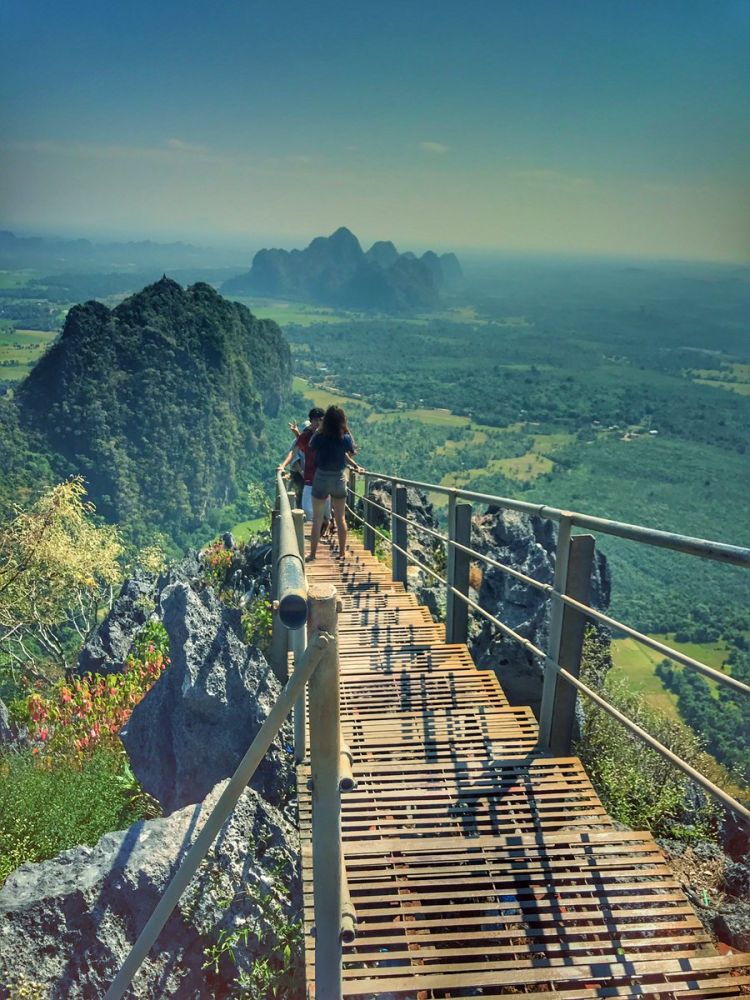

The exploration of the breathtaking landscapes of Myanmar has been captivating travelers for a long time. However, tourism in HpaAn and its landmark, the Taung Wine Mountain, has only recently begun gaining popularity. With Myanmar's opening up to international tourism over the past few decades, adventurers, culture enthusiasts, and spiritual seekers have gradually discovered the region's charms.
Traditional tourism to the area was primarily driven by local pilgrims due to the spiritual significance of Taung Wine Mountain and its vicinity to the sacred Mount Zwegabin. It wasn't until the early 21st century that a marked increase in international tourists began to explore HpaAn, drawn by its natural beauty, serenity, and cultural heritage.
The government of Myanmar, recognizing the boon of tourism, has since put efforts into improving infrastructure, providing more access routes to scenic destinations such as Taung Wine Mountain, and facilitating local development to accommodate a growing number of visitors. As a result, tourism in HpaAn has flourished, with a rise in guesthouses, tour companies, and local services catering to travelers.
In recent years, the region has seen a shift towards sustainable and responsible tourism. There's a focus on preserving the natural splendor of Taung Wine Mountain and ensuring that the local community benefits from the influx of tourists. The latest tourism trends in the area include:
Despite its growing popularity, Taung Wine Mountain and the surrounding areas of HpaAn remain relatively untouched compared to mainstream destinations. This provides travelers with a unique opportunity to explore Myanmar's authentic beauty in a peaceful setting. However, it is widely understood that the key to maintaining HpaAn's allure lies in the hands of responsible tourism practices that respect local cultures, preserve the environment, and contribute to sustainable community development.